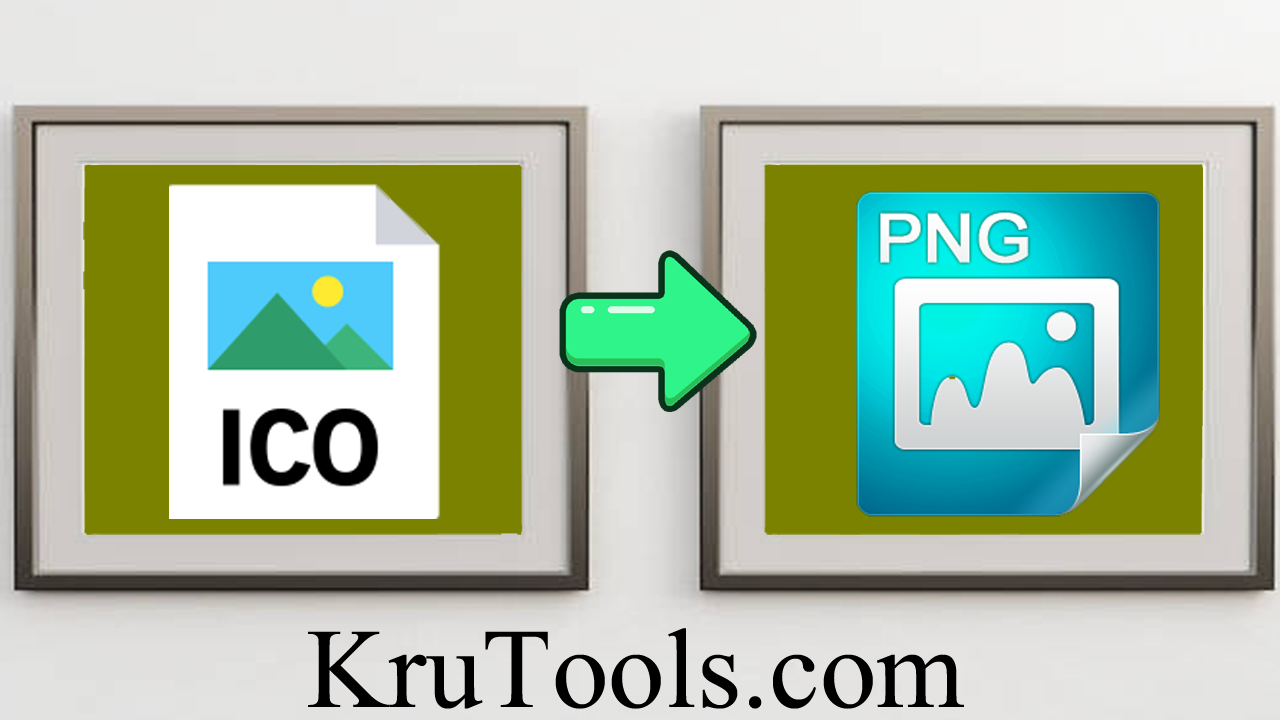
Maximizing Store Traffic: Harnessing the Power of Social Media Advertising

In today’s digital age, leveraging social media advertising has become an essential strategy for businesses looking to drive targeted traffic to their online stores. With billions of active users across various platforms, social media offers unparalleled opportunities to reach and engage potential customers. This comprehensive guide will explore how you can effectively use social media ads to boost your store’s visibility, attract qualified leads, and ultimately increase sales.

Understanding the Landscape of Social Media Advertising
Before diving into the specifics, it’s crucial to understand the current social media advertising landscape. According to a recent report by Statista, global social media advertising spend is projected to reach $173 billion in 2024, highlighting the growing importance of this marketing channel. With platforms like Facebook, Instagram, Twitter, and LinkedIn offering sophisticated targeting options, businesses of all sizes can now reach their ideal customers with precision.
Choosing the Right Platform for Your Business
Not all social media platforms are created equal when it comes to advertising. Each platform has its unique user base, ad formats, and targeting capabilities. Let’s compare some of the most popular options:
| Platform | Primary Audience | Ad Formats | Targeting Options | Best For |
|---|---|---|---|---|
| Diverse, 18-65+ | Image, Video, Carousel, Collection | Demographics, Interests, Behaviors | B2C, Local Businesses | |
| Young Adults, 18-34 | Image, Video, Stories, Reels | Visual-focused, Influencer Partnerships | Fashion, Beauty, Lifestyle | |
| Professionals, B2B | Sponsored Content, InMail, Text Ads | Job Title, Company Size, Industry | B2B, Professional Services | |
| News-savvy, 18-49 | Promoted Tweets, Trends, Accounts | Keywords, Interests, Follower Look-alikes | Real-time Marketing, Tech | |
| Women, 25-54 | Promoted Pins, Video Pins | Keywords, Interests, Life Events | DIY, Home Decor, Recipes | |
| TikTok | Gen Z, Young Millennials | In-Feed Ads, TopView, Branded Effects | Age, Gender, Interests, Behaviors | Youth-oriented Brands, Viral Campaigns |
When selecting a platform, consider your target audience, product type, and marketing goals. For instance, if you’re selling professional services, LinkedIn might be your best bet, while a fashion brand might find more success on Instagram or Pinterest.
Crafting Compelling Ad Creative
The success of your social media advertising campaign largely depends on the quality of your ad creative. Here are some tips to create ads that capture attention and drive action:
-
Use high-quality visuals: Invest in professional photography or graphic design to make your ads stand out in crowded feeds.
-
Keep it concise: Craft clear, compelling copy that communicates your value proposition quickly.
-
Incorporate social proof: Feature customer testimonials or user-generated content to build trust.
-
Create a sense of urgency: Use limited-time offers or exclusive deals to encourage immediate action.
-
Test multiple variations: A/B test different ad elements to identify what resonates best with your audience.
Targeting Strategies for Maximum Impact
One of the most powerful aspects of social media advertising is the ability to target specific audiences. Here are some effective targeting strategies:
- Lookalike Audiences: Create audiences similar to your existing customers or website visitors.
- Custom Audiences: Retarget users who have interacted with your brand before.
- Interest-based Targeting: Reach users based on their interests, behaviors, and demographics.
- Geotargeting: Focus on specific locations relevant to your business.
For example, a local bakery might use geotargeting to reach users within a 5-mile radius of their store, while an e-commerce fashion brand might create lookalike audiences based on their top customers.
Optimizing Your Landing Pages
Driving traffic to your store is only half the battle. To convert that traffic into sales, you need optimized landing pages. Consider the following:
-
Ensure mobile responsiveness: With most social media usage occurring on mobile devices, your landing pages must be mobile-friendly.
-
Maintain consistency: Your landing page should match the look and feel of your ad to provide a seamless experience.
-
Clear call-to-action (CTA): Make it obvious what you want visitors to do next.
-
Fast loading times: Slow pages can drastically increase bounce rates. Aim for load times under 3 seconds.
-
Social proof: Include customer reviews, ratings, or trust badges to build credibility.
Measuring and Analyzing Performance
To continually improve your social media advertising efforts, it’s crucial to measure and analyze your campaign performance. Key metrics to track include:
- Click-through rate (CTR)
- Conversion rate
- Cost per click (CPC)
- Return on ad spend (ROAS)
- Engagement rate
Tools like Facebook Pixel or Google Analytics can help you track these metrics and attribute conversions to your social media ads.
Staying Compliant with Advertising Policies
Each social media platform has its own advertising policies that you must adhere to. Common restrictions include:
- Prohibited content (e.g., tobacco, weapons)
- Claims and promises
- Use of personal attributes in targeting
- Copyright and trademark infringement
Familiarize yourself with these policies to avoid ad rejections or account suspensions. For instance, Facebook’s Advertising Policies provide a comprehensive guide to what’s allowed on their platform[2].
Leveraging Influencer Partnerships
Influencer marketing can be a powerful complement to your social media advertising strategy. By partnering with influencers in your niche, you can:
- Reach new, engaged audiences
- Gain credibility through association
- Create authentic, relatable content
When selecting influencers, look beyond follower count and focus on engagement rates and audience alignment. Micro-influencers (those with 10,000-100,000 followers) often have highly engaged audiences and can be more cost-effective for smaller businesses.
Integrating Social Media Ads with Other Marketing Channels
For maximum impact, integrate your social media advertising with other marketing channels:
- Email Marketing: Use custom audiences to retarget email subscribers on social media.
- Content Marketing: Promote your blog posts or videos through social ads to increase reach.
- Search Engine Marketing (SEM): Use insights from your paid search campaigns to inform your social media targeting.
This integrated approach ensures a consistent message across all touchpoints and can lead to higher overall marketing ROI.
Future Trends in Social Media Advertising
As the social media landscape evolves, staying ahead of trends is crucial. Some emerging trends to watch include:
-
Augmented Reality (AR) Ads: Platforms like Snapchat and Facebook are increasingly offering AR ad formats, allowing users to virtually try products before purchasing.
-
Social Commerce: The line between social media and e-commerce is blurring, with features like Instagram Shopping and Facebook Shops making it easier for users to buy directly within social platforms.
-
Video Dominance: Short-form video content, popularized by TikTok, is becoming increasingly important across all platforms.
-
Privacy-Focused Advertising: With growing concerns about data privacy, platforms are developing new ways to target ads while respecting user privacy.
-
AI-Powered Optimization: Advanced machine learning algorithms are making it easier for advertisers to optimize their campaigns automatically.
Frequently Asked Questions
1. How much should I budget for social media advertising?
The ideal budget varies depending on your business goals, target audience, and industry. As a general rule, start with a small budget (e.g., $5-10 per day) and gradually increase it as you learn what works best for your business. Monitor your return on ad spend (ROAS) to ensure you’re getting a positive return on your investment.
2. How often should I update my ad creative?
Ad fatigue can set in quickly on social media. As a best practice, refresh your ad creative every 2-4 weeks, or sooner if you notice a decline in performance. Continuously test new images, copy, and offers to keep your ads fresh and engaging.
3. Can I advertise on multiple social media platforms simultaneously?
Yes, and it’s often advisable to do so to reach a broader audience. However, ensure that you tailor your content and strategy to each platform’s unique characteristics and user behavior. What works on Facebook may not be as effective on LinkedIn or TikTok.
4. How do I measure the ROI of my social media advertising?
To measure ROI, track both the costs of your campaigns and the revenue generated from them. Use tracking pixels and UTM parameters to attribute sales to specific campaigns. The formula for ROI is: (Revenue - Cost) / Cost * 100. A positive ROI indicates that your advertising is profitable.
5. Is it better to focus on reaching new customers or retargeting existing ones?
Both strategies have their merits, and a balanced approach is often most effective. Retargeting existing customers or website visitors can be highly efficient, as these users are already familiar with your brand. However, reaching new customers is essential for growth. Allocate your budget based on your specific business goals and the performance of each audience type.
Conclusion
Social media advertising offers a powerful way to drive targeted traffic to your store, but success requires a strategic approach. By choosing the right platforms, crafting compelling ad creative, implementing precise targeting, and continuously optimizing your campaigns, you can effectively leverage social media to boost your store’s visibility and sales.
Remember, the digital landscape is always evolving, so stay informed about new features and trends in social media advertising. Regularly review your strategies, test new approaches, and be willing to adapt to changing consumer behaviors and platform algorithms.
For more in-depth discussions on social media advertising strategies, consider joining online communities like the Social Media Marketing Society[3] or attending industry events such as Social Media Marketing World. These resources can provide valuable insights and networking opportunities to further enhance your social media advertising skills.
By implementing the strategies outlined in this guide and staying committed to continuous learning and improvement, you’ll be well-positioned to harness the full potential of social media advertising for your store’s success.






